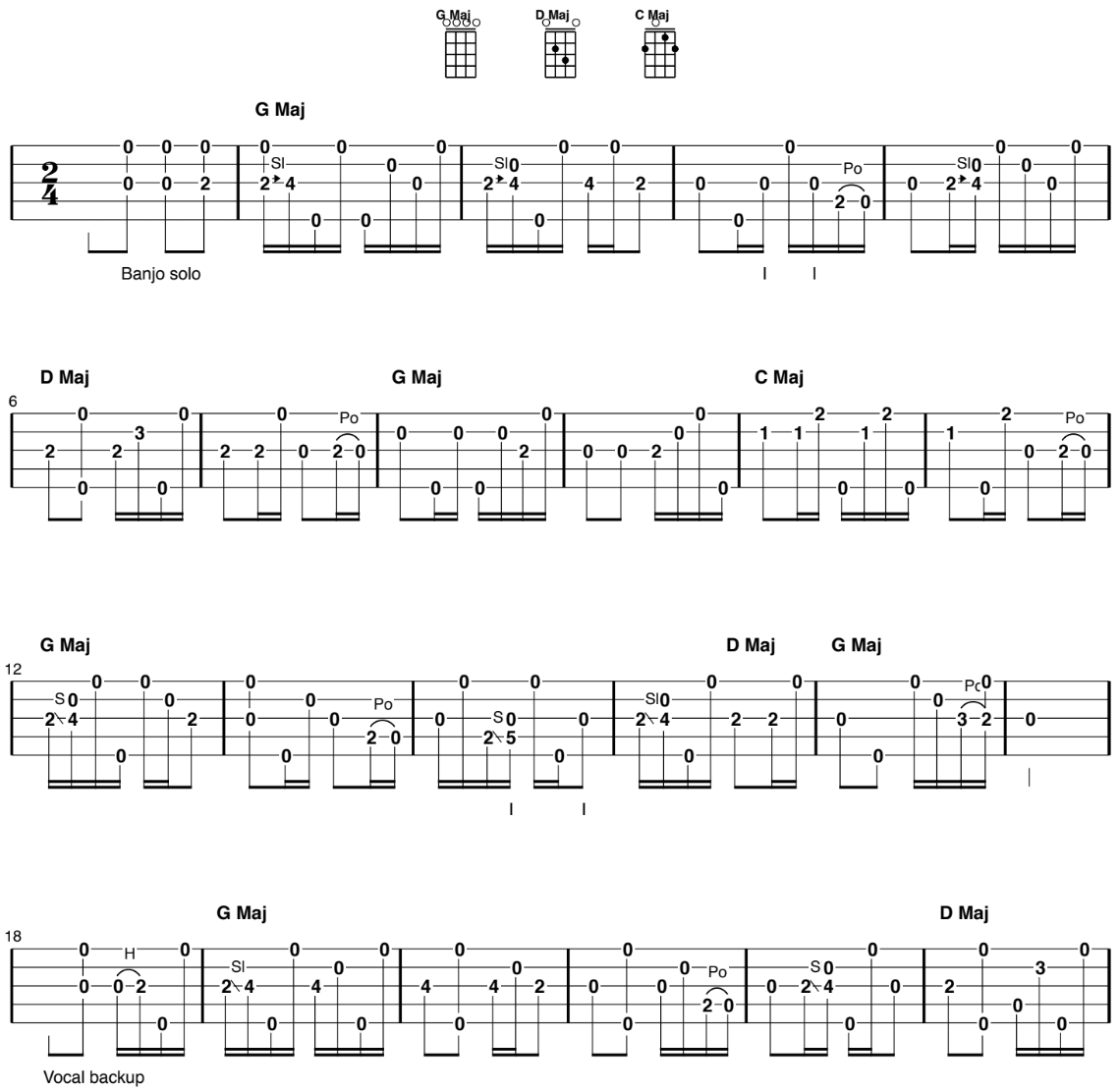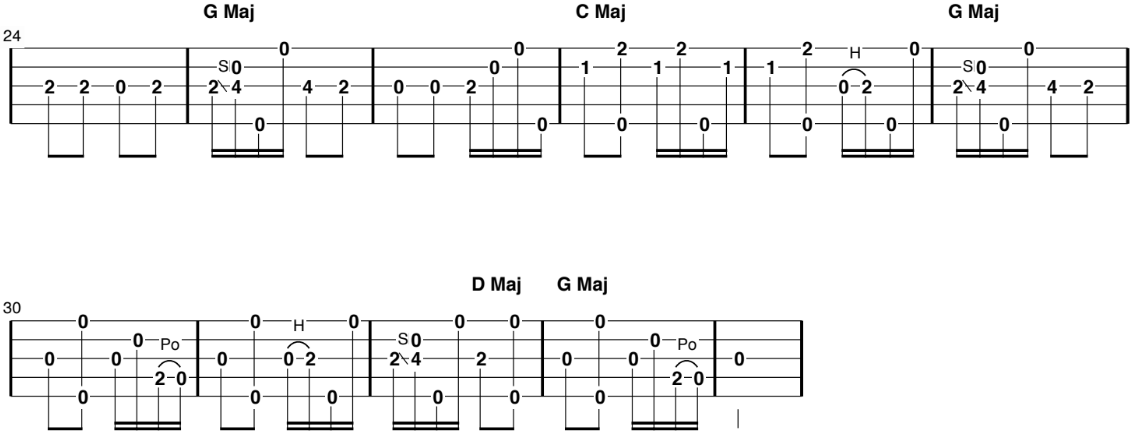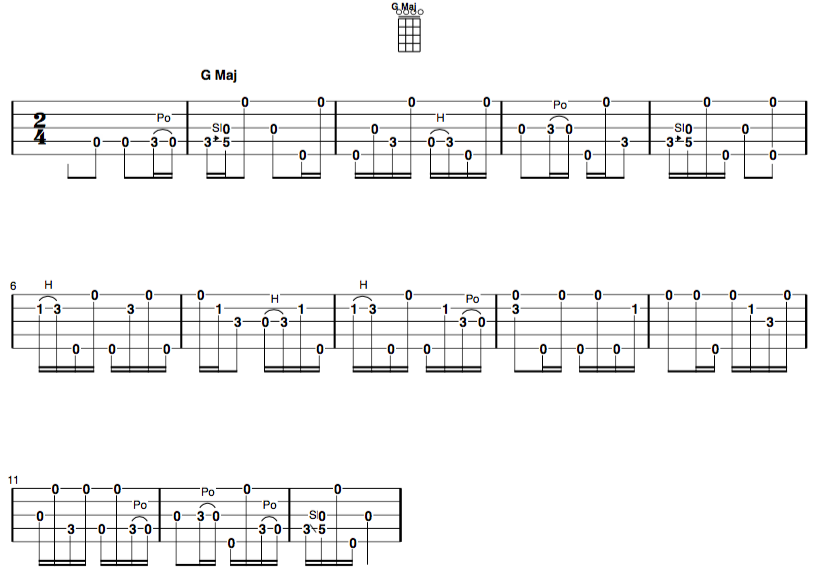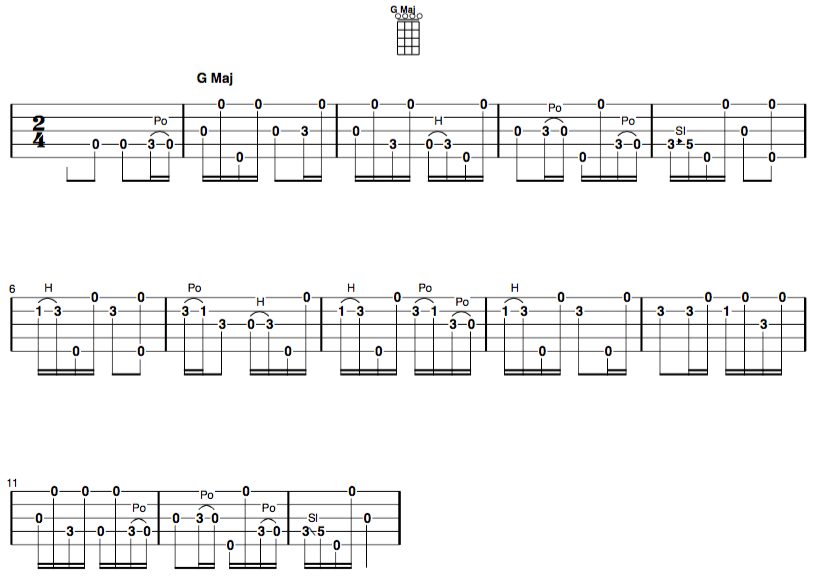Click on the button below to get the PDF download for this tab delivered to you, and get a new song and tab delivered to you every week!
As you may have noticed, in some videos I play with fingerpicks on, and in others I’m playing with my bare fingers.
In this latest installment in the Banjo Song of the Week, “Shoes and Stockings,” my fingers are bare.
And some of you have wondered if this was random, or if there was a method to my madness?
The answer is yes, I do have some general principles that guide this decision as to whether to don the metal picks. And since the question of “do I need to wear fingerpicks” is asked by virtually every budding up-picking banjoist, I thought it might be a good idea to review the topic here.
Why Fingerpicks?
There are two primary reasons for wearing fingerpicks. The first is that they increase the volume of the banjo – i.e. you can play louder.
That’s not to say you can’t play loudly with bare fingers, it just requires more effort (likewise, it’s harder to play softly with fingerpicks on).
The second reason is that they change the tone of the banjo. A string plucked by a metal sounds significantly different than one struck by bare fingers.
Thus, the decision to wear them is based on whether or note those features – the change in volume and tone – are desired…or not.
Both of these are welcome features for bluegrass banjo.
Bluegrass banjo is typically played in a band setting, where the banjo is playing along with other instruments like the mandolin, guitar, bass, dobro, etc. So, that extra volume comes in handy, as does the tone produced by metal picks, as the frequencies produced help the banjo carve out a nice space in the sonic mix.
Plus, many now consider the sound of a banjo picked by metal fingerpicks to be an essential part of bluegrass music.
When playing solo banjo, however, the extra volume isn’t usually needed. Furthermore, that extra volume can be a disadvantage if you’re playing and singing.
Additionally, without other instruments to fill out the sound, the sharper, pinched tone of a metal fingerpicked banjo can sound a little thin and harsh (and bare fingers will almost universally be preferred by those in earshot).
In the world of traditional banjo fingerpicking that’s not bluegrass, many – perhaps most – players did not use them. So, as is usually the case with all things banjo, the most traditional approach has been just to do what suits you.
I encourage those getting started to learn to play with and without them. That way you’ll be able to explore the entire range of sounds the banjo has to offer, and will be ready for any playing situation that may arise.
Clawhammer Version
You can listen to the clawhammer version of Shoes and Stockings in the video below (click here for the tab, which will take you to the clawhammerbanjo.net).
“Shoes and Stockings”
gDGBD tuning, 3 finger banjo (Brainjo level 3)
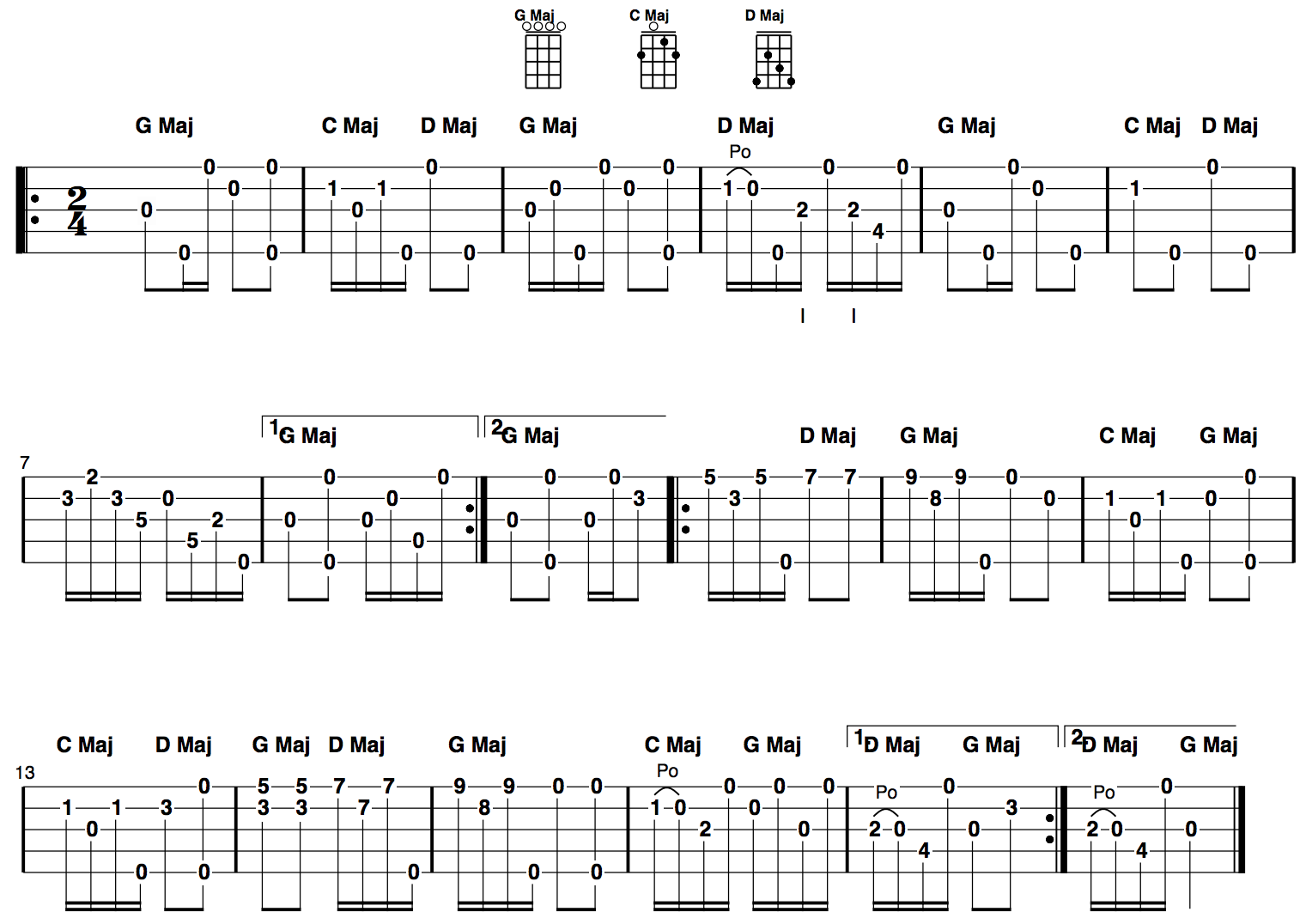
Recent Banjo Songs and Tabs of the Week:
Notes on the Tab
For more on how to read the tab, click here for the How To Read Banjo Tabs article.
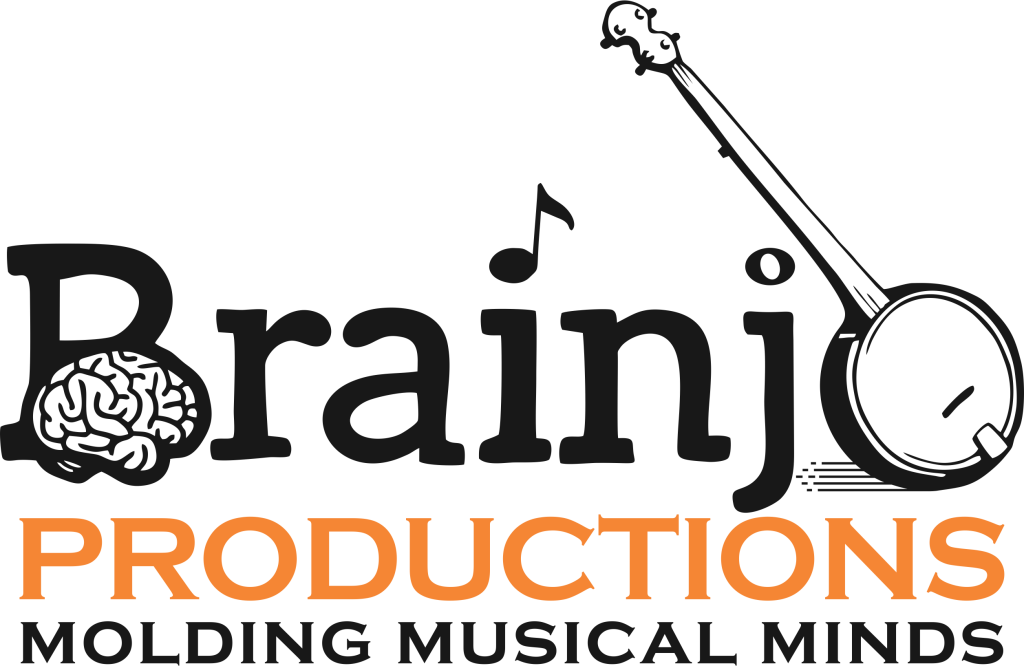

 “Feast Here Tonight”
“Feast Here Tonight”


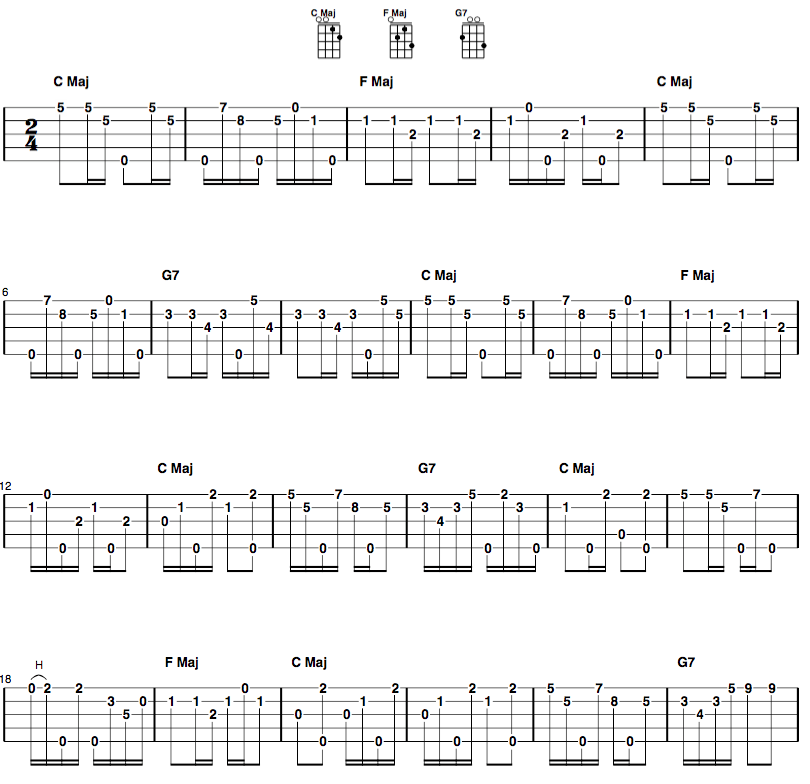
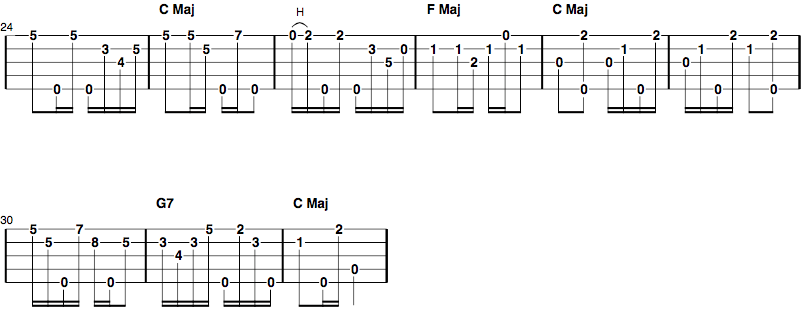
 And not just any old songwriter either, but the author of over 600 works (including “Carry Me Back to Old Virginny” and “Golden Slippers”).
And not just any old songwriter either, but the author of over 600 works (including “Carry Me Back to Old Virginny” and “Golden Slippers”).